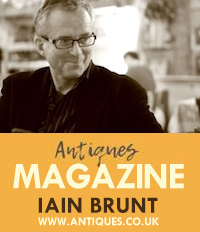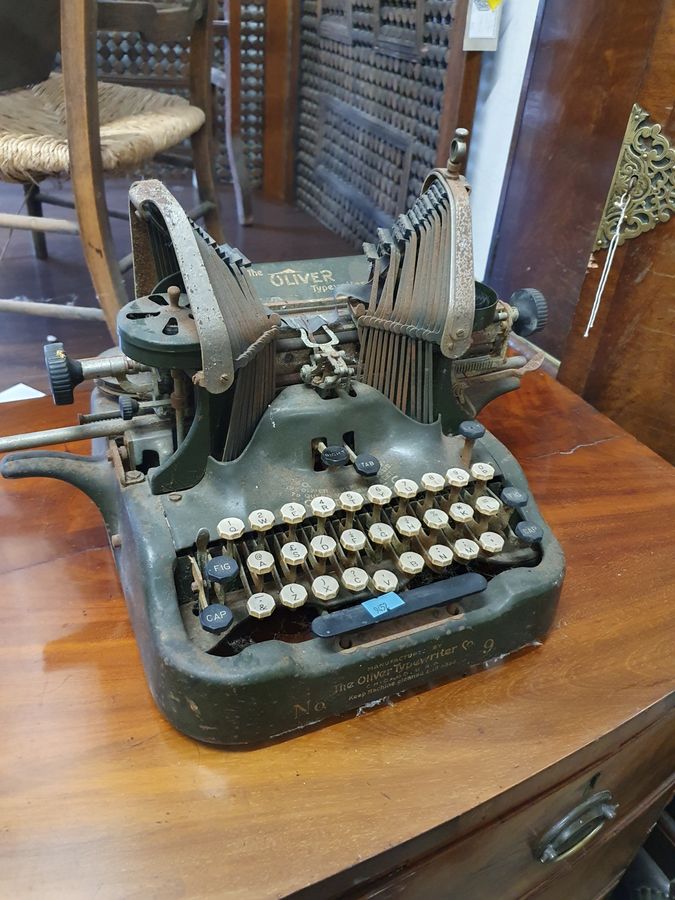Pianos, the greatest sound on earth.
Posted by Amy Lugten on 15/07/2014
As if overseeing the birth of the Renaissance, and dominating large swathes of northern Italy were not enough for the Medici Family, they also happen to have assisted in the birth of the modern piano. When Bartolomeo Cristofori (credited with inventing the first modern piano around 1700) developed his first piano instrument, the Medici family were crucial in sponsoring and encouraging his developments.
A Brief Look at Pianos
By Amy Lugten
As if overseeing the birth of the Renaissance, and dominating large swathes of northern Italy were not enough for the Medici Family, they also happen to have assisted in the birth of the modern piano. When Bartolomeo Cristofori (credited with inventing the first modern piano around 1700) developed his first piano instrument, the Medici family were crucial in sponsoring and encouraging his developments.
Just like now, news of Cristofori’s invention spread rapidly, and a German named Gottfried Silbermann began to build his own pianos, based on documentation of Cristofori’s designs. Silbermann’s improvements to the instrument gained the approval of Johann Sebastian Bach, among others.
We take for granted the improvements and changes in musical technology over time. Older instruments not only sounded different, but also were much quieter due to (what we would consider today to be) inferior materials. Almost every component of original piano design has changed: piano wire, casings, key materials, even the colouring of the keys, which originally in some cases was reversed, with the black keys in place of white, and white in place of black.
We can find today two interesting examples of ‘modern’ pianos on the site here. One is an Edwardian baby grand designed and build by Hopkinson of London (http://antiques.co.uk/antique/PIANO-BABY-GRAND-MAHOGANY-CASED), the other a Victorian Walnut piano (http://antiques.co.uk/antique/Walnut-Piano). Each of these pieces allow us to appreciate the intricacies and nuances of the different branches of piano making. The first is designed by the Hopkinson firm, founded by John Hopkinson around 1835, when he first started publishing music, and dates from the Edwardian period. It is a baby grand, meaning it falls into the category of pianos between ‘Petit grand’ and ‘medium grand’. The size and proportions of a baby grand are sought-after and admired for their aesthetic appeal but also their sound quality. This baby grand is encased in mahogany, an expensive and beautiful material known for its workability and stability over time. Therefore one could expect such a material to resonate beautiful, given the right storage and treatment over the period of its life.
The second piece is a curious Victorian Walnut piano. It features lights on the front for easy playing, and lovely inlaid work on the top frame. What is perhaps the thing that stands out most in this listing is the use of Walnut. Walnut, and more specifically black walnut, is a rich material, giving a beautiful appearance and quality to any piece. Although this may be a walnut veneer, the inlay is decorative and delicate, and should brighten up any space with its rich and deep colouring.
All in all, these are two pieces that can be appreciated individually for what they are, and what they can offer any enthusiast or first time piano buyer. Do take the time to look at them and imagine your house or space filled with the sound of rich piano tones.
References:
http://www.steinwaypianos.com/kb/how-it-works/woods
http://en.wikipedia.org/wiki/Piano
http://musiced.about.com/od/beginnersguide/a/pianotypes.htm
http://www.piano-tuners.org/history/hopkinson/






